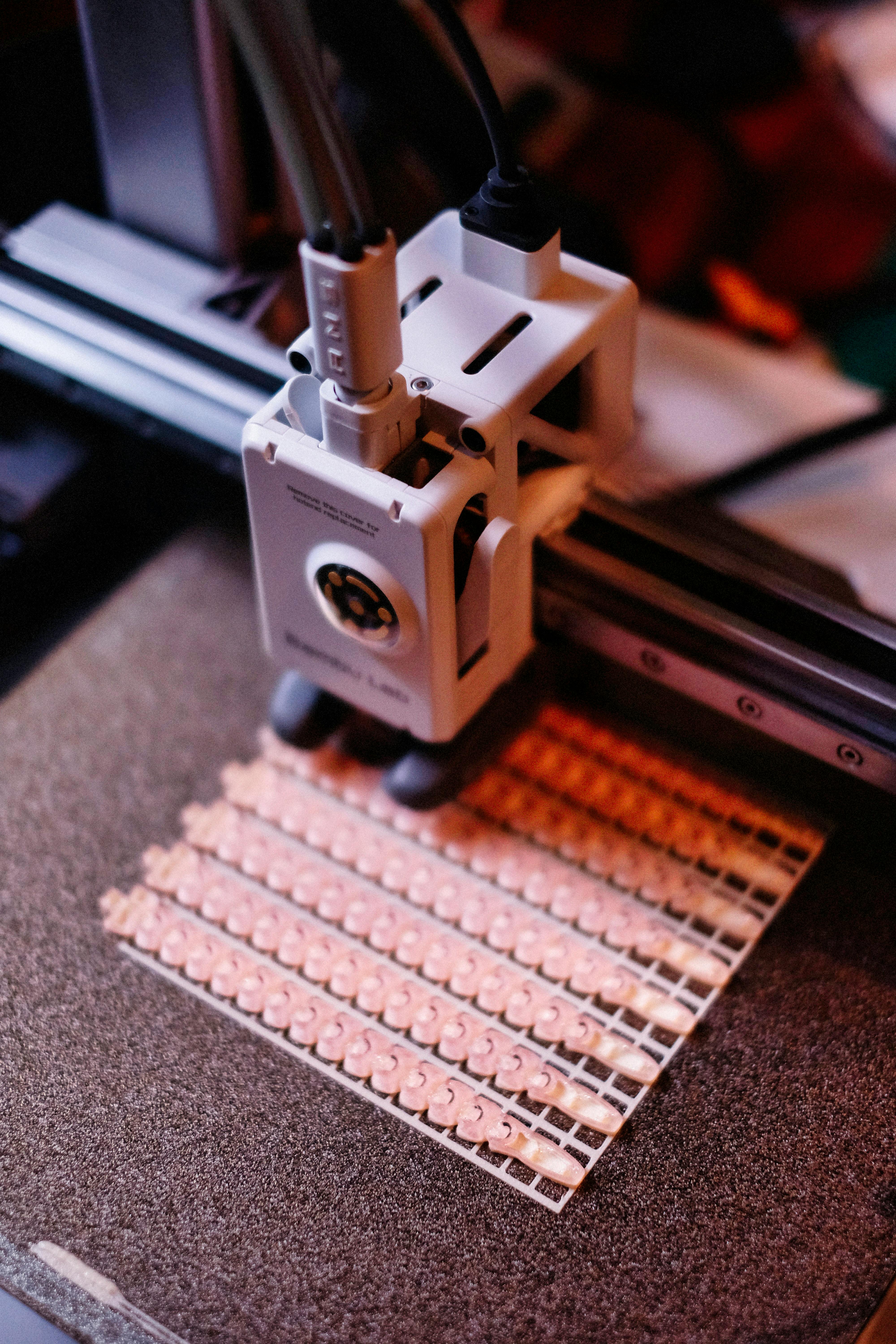Solarpunk: Envisioning a Sustainable, Tech-Positive Future
Introduction: In a world grappling with climate change and technological upheaval, a new cultural movement is gaining traction. Solarpunk, blending eco-consciousness with optimistic futurism, offers a refreshing vision of tomorrow. Read below to explore how this philosophy is reshaping societal attitudes and inspiring tangible change across art, technology, and urban planning.

Unlike its dystopian counterparts, Solarpunk presents an optimistic view of human potential. It acknowledges current challenges but focuses on innovative solutions and collective action. This philosophy emphasizes community resilience, appropriate technology, and the reimagining of urban spaces as green, interconnected ecosystems.
Artistic Expression and Cultural Impact
Solarpunk has found fertile ground in various artistic mediums, from literature and visual arts to architecture and fashion. In literature, authors craft stories set in sustainable societies, exploring themes of ecological balance and social harmony. These narratives often feature diverse characters working together to solve environmental challenges, reflecting the movement’s emphasis on inclusivity and collective problem-solving.
Visual artists in the Solarpunk movement create striking images of futuristic cities integrated with nature. Towering skyscrapers adorned with vertical gardens, solar panels gleaming on every surface, and public spaces teeming with biodiversity are common motifs. These artworks serve not just as aesthetic pieces but as powerful tools for visualizing alternative futures and inspiring real-world change.
Technological Innovation and Sustainability
At the heart of Solarpunk lies a belief in the positive potential of technology when aligned with ecological principles. This perspective has begun to influence technological development and implementation across various sectors. Renewable energy technologies, such as advanced solar cells and wind turbines, are central to the Solarpunk vision and are seeing increased investment and adoption globally.
Urban agriculture technologies, including vertical farming and hydroponic systems, are gaining traction as solutions to food security and reducing carbon footprints. Additionally, the movement has sparked interest in decentralized energy grids and local production systems, promoting resilience and sustainability at the community level.
Urban Planning and Architecture
Solarpunk principles are increasingly influencing urban planning and architectural design. Cities worldwide are experimenting with green infrastructure, incorporating elements like rooftop gardens, urban forests, and bioswales into their development plans. These initiatives not only improve air quality and biodiversity but also enhance community well-being and resilience to climate change.
Architects inspired by Solarpunk are designing buildings that blur the lines between nature and the built environment. Concepts like biophilic design, which integrates natural elements into buildings, are becoming more prevalent. Examples include structures with living walls, natural ventilation systems, and materials that mimic natural processes to reduce energy consumption.
Social and Economic Implications
Beyond its environmental focus, Solarpunk envisions a more equitable and collaborative society. This aspect of the movement is influencing discussions around economic systems and social structures. Ideas like the circular economy, where waste is minimized and resources are continuously reused, align closely with Solarpunk principles and are gaining traction in policy circles.
The movement also emphasizes community-based solutions and local resilience. This has led to increased interest in cooperative business models, community-owned renewable energy projects, and local food systems. Such initiatives not only promote sustainability but also foster stronger social connections and a sense of shared purpose within communities.
Challenges and Critiques
While Solarpunk offers an inspiring vision, it faces challenges in translating its ideals into reality. Critics argue that the movement’s optimism might downplay the severity of current environmental crises or the complexities of social change. There’s also concern that without careful implementation, some Solarpunk-inspired technologies could exacerbate existing inequalities or create new environmental problems.
Additionally, the movement grapples with questions of accessibility and inclusivity. Ensuring that sustainable technologies and green urban developments benefit all segments of society, not just the affluent, remains a crucial challenge.
Future Prospects and Global Adoption
Despite these challenges, Solarpunk continues to gain momentum globally. Its influence is increasingly visible in policy discussions, urban development projects, and cultural productions. As the urgency of addressing climate change grows, the movement’s positive, solution-oriented approach resonates with a wide audience seeking alternatives to doom-and-gloom narratives.
The future of Solarpunk likely lies in its ability to bridge idealism with practical action. As more individuals, communities, and institutions adopt its principles, we may see a gradual shift towards more sustainable and equitable societies. The movement’s success will depend on its ability to adapt to diverse cultural contexts while maintaining its core vision of a harmonious relationship between technology, nature, and human society.
In conclusion, Solarpunk represents more than just an artistic movement or technological trend. It offers a holistic vision for reimagining our relationship with the environment, technology, and each other. As we navigate the challenges of the 21st century, the ideas and inspirations provided by Solarpunk may prove invaluable in shaping a more sustainable and optimistic future.





